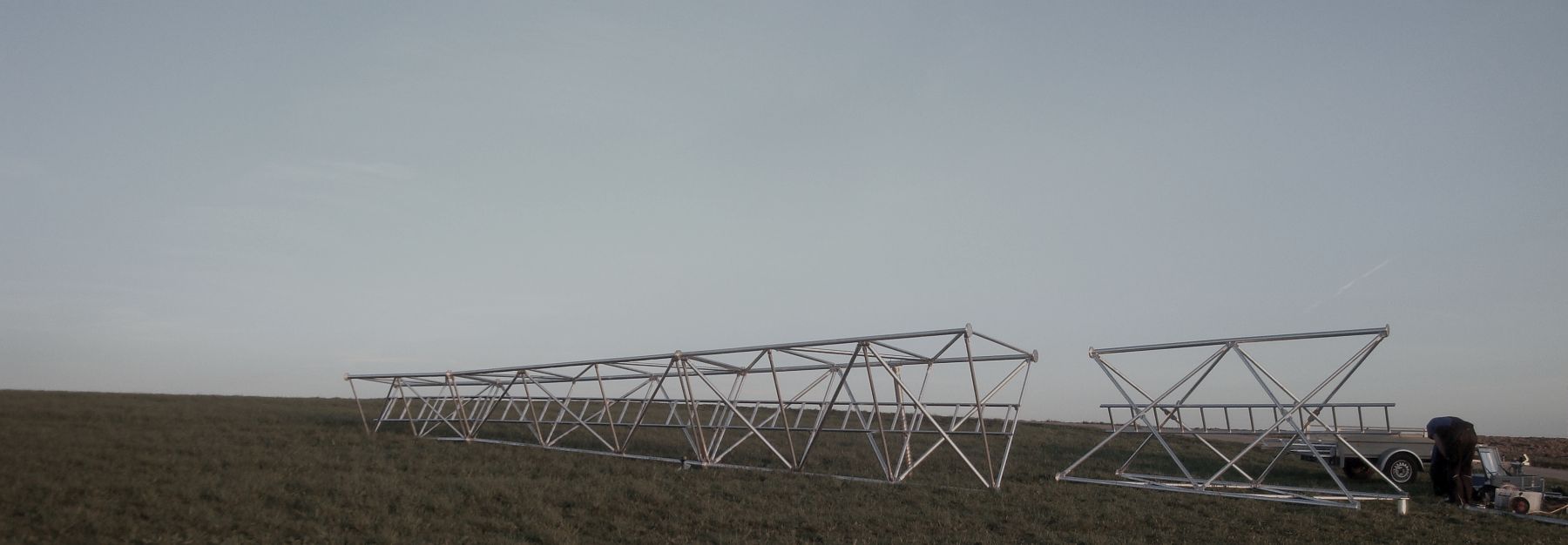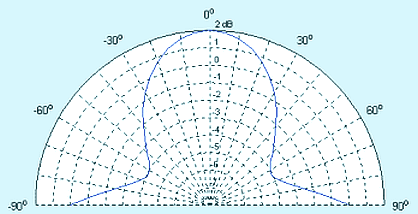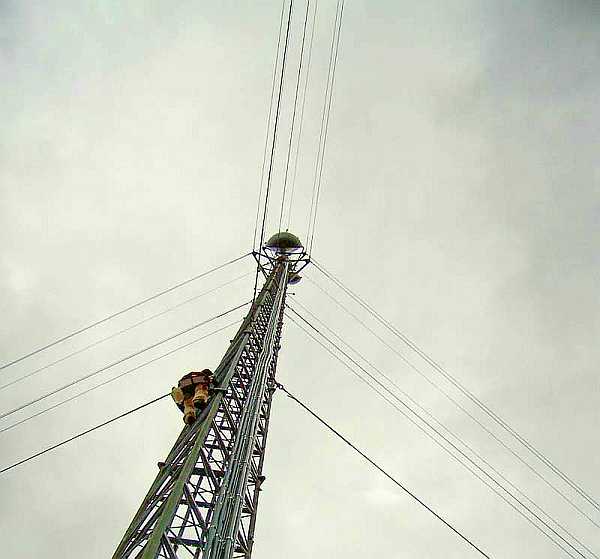
Frequently asked questions
Check out what interests our customers, maybe this knowledge will be useful to you too!

Check out what interests our customers, maybe this knowledge will be useful to you too!

Radio masts and towers require regular inspection and maintenance to prevent failures and life-threatening situations. Aluminum masts are corrosion-resistant but susceptible to frost cracking. The condition of guy wires and rope tension should be checked, and regular anti-corrosion inspections of steel structures are also necessary.

Leaving aside the issue of concessions for given frequency bands, there remains the issue of electromagnetic radiation in the context of environmental pollution. Current regulations allow for the emission of a maximum of 15W of power on the antenna without the need to report this fact to the Environmental Protection Department (in such a case, we are not dealing with an investment that significantly affects the environment).

Regardless of the location of the mast (ground or building), structures below 50 m in height do not require reporting to the appropriate authority supervising military aviation (100 meters for civil aviation). The legal basis here is the regulation of the Minister of Infrastructure of June 25, 2003 on the method of reporting and marking aviation obstacles (Journal of Laws No. 130, item 1193…

There are many indications that it does not. The legal system currently in force is the judgment II SA/Gd 329/14 issued by the Voivodship Administrative Court in Gdańsk. In the justification of the appeal judgment in this case (i.e. a building permit in the context of a mast on a building), the Court cited the content of art. 29 sec. 2 item 15 of the Building Law, as well as art. 30…

Masts under 3 metres do not require a permit. Masts over 3 metres on buildings are subject to notification unless local regulations require a building permit.

The general rule is that it is best to place the guy wires symmetrically – for three-kerb masts, every 120 degrees when viewed in the horizontal projection. As for the distance of the guy wire from the mast truss in the vertical projection – it is generally accepted that the distance of the anchor point cannot be less than half the height of the mast. For example, for a 50-meter mast, the anchoring mark…

A telecommunications mast, like any truss, has node points that are its strongest points. It is worth applying all forces precisely in the vicinity of the nodes, because this minimizes the risk of damage to the whole. This is important when installing additional guy lines, securing ropes during the erection of the mast using the rotation technique, or even when choosing anchor points for antenna booms. A node point is a place…

The crown has two tasks, the first is due to the need to move apart the transmitting antennas, e.g. sector antennas. The antennas have reverse radiation which can lead to interference and disturbances. Since the strength of the electromagnetic field decreases with the square of the distance - even a small separation significantly weakens the interaction of the antennas. It is worth checking the specifications of the devices in order to determine the minimum antenna separation recommended by the manufacturer. The second task…
Log in with your email address to receive our newsletter (quarterly)